Planting Technology Lists
-
Matters needing attention in cultivating hollyhock
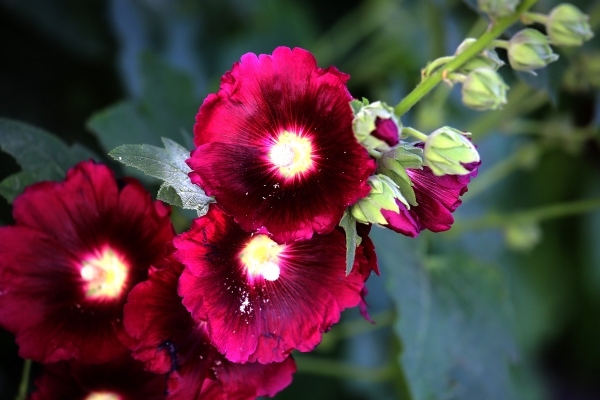
In the process of cultivating hollyhocks, in order to prevent hollyhocks from being low and lodging, we need to use Juglans mandshurica as a cone to cut off the roots around the plant around June, cutting the roots every 2-3 weeks, and then watering immediately. It should be harvested immediately when the fruit is yellow and ripe, so as not to scatter the seeds, after the end of flowering.
2018-11-29 -
Propagation methods of hollyhock
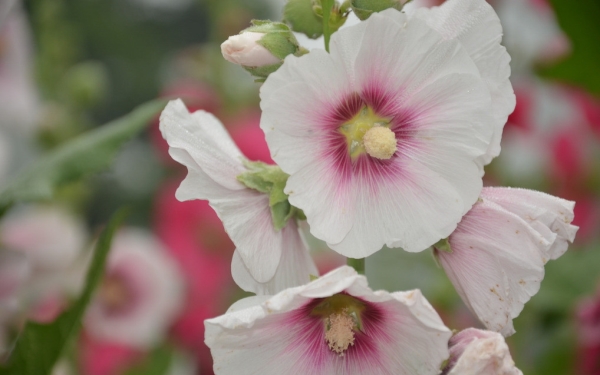
Sowing and propagation of hollyhock are mainly carried out by sowing and reproduction. we generally choose to carry out in autumn, select fertile soil, and apply rotten compost in the soil as base fertilizer, sow the seeds, water to keep the soil moist, and take good measures to keep the soil moist in winter. it can take root and sprout in spring.
2018-11-29 -
Spring feather culture method
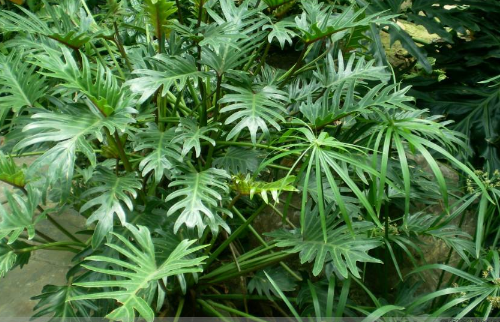
1. Soil spring feathers do not have high requirements for soil. Slightly acidic aerated and drained soil can be used. The simplest one is made of rotten leaf soil or humus soil, peat soil or garden soil mixed with river sand. It is also possible to add base fertilizer before planting, because Chunyu likes fertile soil.
2018-11-29 -
The Propagation method of Spring Grass
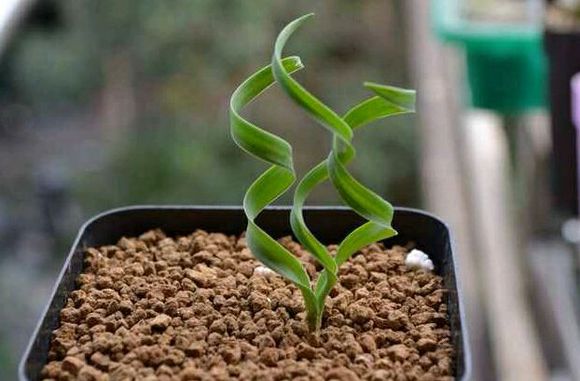
Sowing and propagation of spring grass has a higher survival rate when sowing and propagation, so it is also widely used. We usually choose to breed in autumn, select full seeds, bury them in loose and fertile sandy soil, then cover them with glass and water them to keep the soil and air moist, so as to increase the emergence rate.
2018-11-29 -
Culture methods of Spring Grass
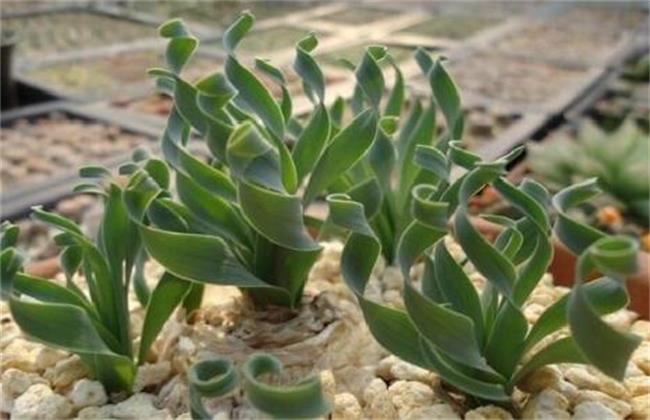
Light spring grass likes to grow in places with light, sufficient light can meet the growth needs of spring grass, make it circle and twist, and has high ornamental value. If the light is not enough, the leaves will be thin, curly and unornamental. But in the hot summer,
2018-11-29 -
The leaves of lilies turn yellow
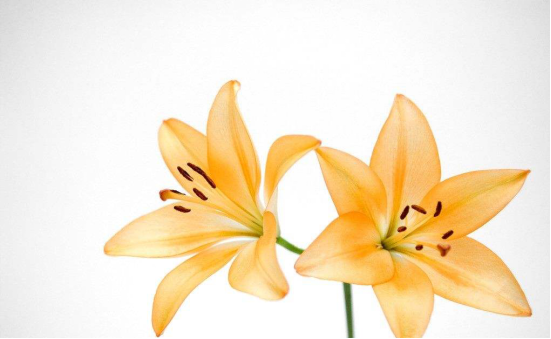
Water yellowing is due to the yellowing caused by watering too frequently, mainly for the yellowing of young leaves, while there is no obvious change in old leaves; as long as the moisture is controlled in time. Dry yellow is just the opposite of water yellow, which is caused by too little watering and lack of water, in which case the old leaves will turn yellow from the bottom up.
2018-11-29 -
Culture methods of Polygonatum odoratum
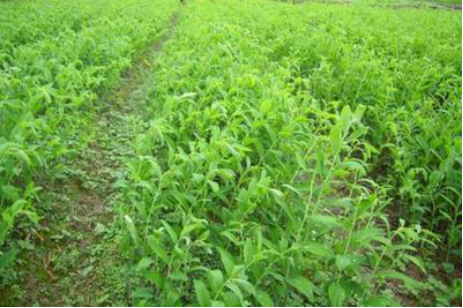
1. Soil. Polygonatum odoratum is suitable to grow in sandy soil with deep soil layer, good drainage and slightly acidic soil, and pay attention to changing the soil every other year when planting, so as to ensure the supply of nutrients for the growth of Polygonatum odoratum. 2. Seed sprouting. Polygonatum odoratum should be planted and germinated before sowing.
2018-11-29 -
Key points for the maintenance of Spring Grass
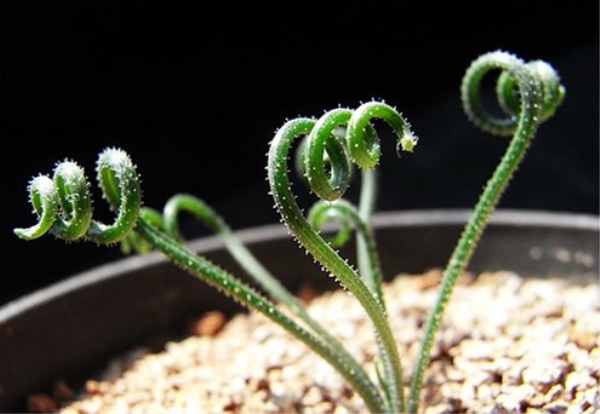
The growth of spring grass needs to be changed every year to provide it with sufficient nutrients. We generally choose to change the basin at the end of August, the basin soil requires fertile and loose, rich in humus, with good drainage and air permeability. Spring grass likes light, so we should give enough light during the growing period.
2018-11-29 -
Matters needing attention in culturing spring grass
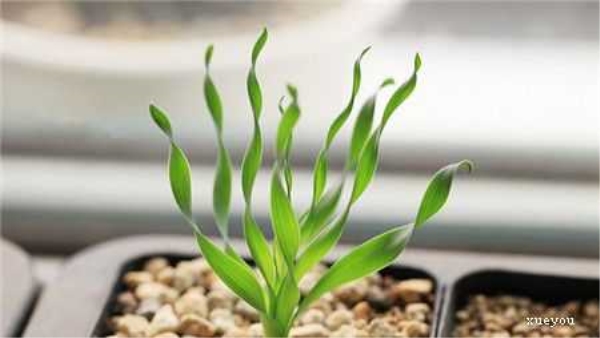
There is a great demand for nutrients during the growth period of spring grass, so we need to apply mature dilute liquid fertilizer once a month to promote plant growth. When blooming in spring, you can spray some phosphate fertilizer to promote flowering. The above is the introduction of the breeding methods and matters needing attention of spring grass.
2018-11-29 -
Culture of lilies
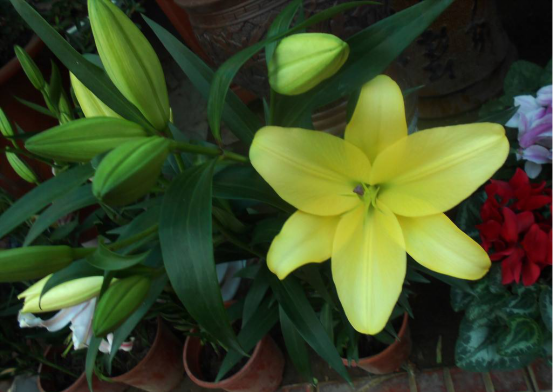
Environmental soil: cultivated lily is suitable for sandy soil with good drainage and rich humus content, and it is best to choose acidic soil, which is conducive to its better growth. Temperature: the best temperature for cultivating lilies is 1624 ℃. If it is lower than 5 ℃ or higher than 30 ℃, the lilies will stop growing.
2018-11-29
